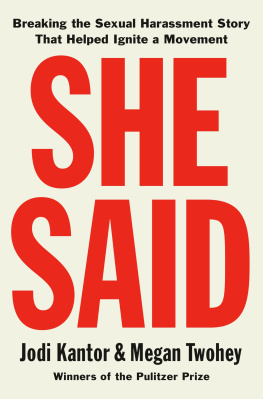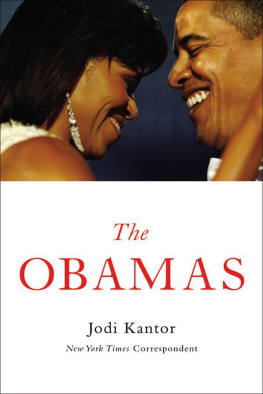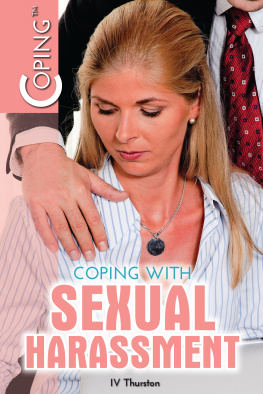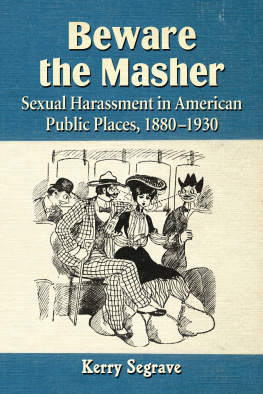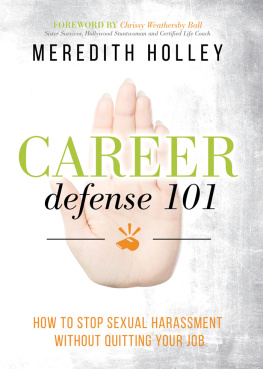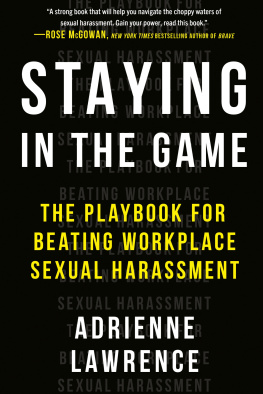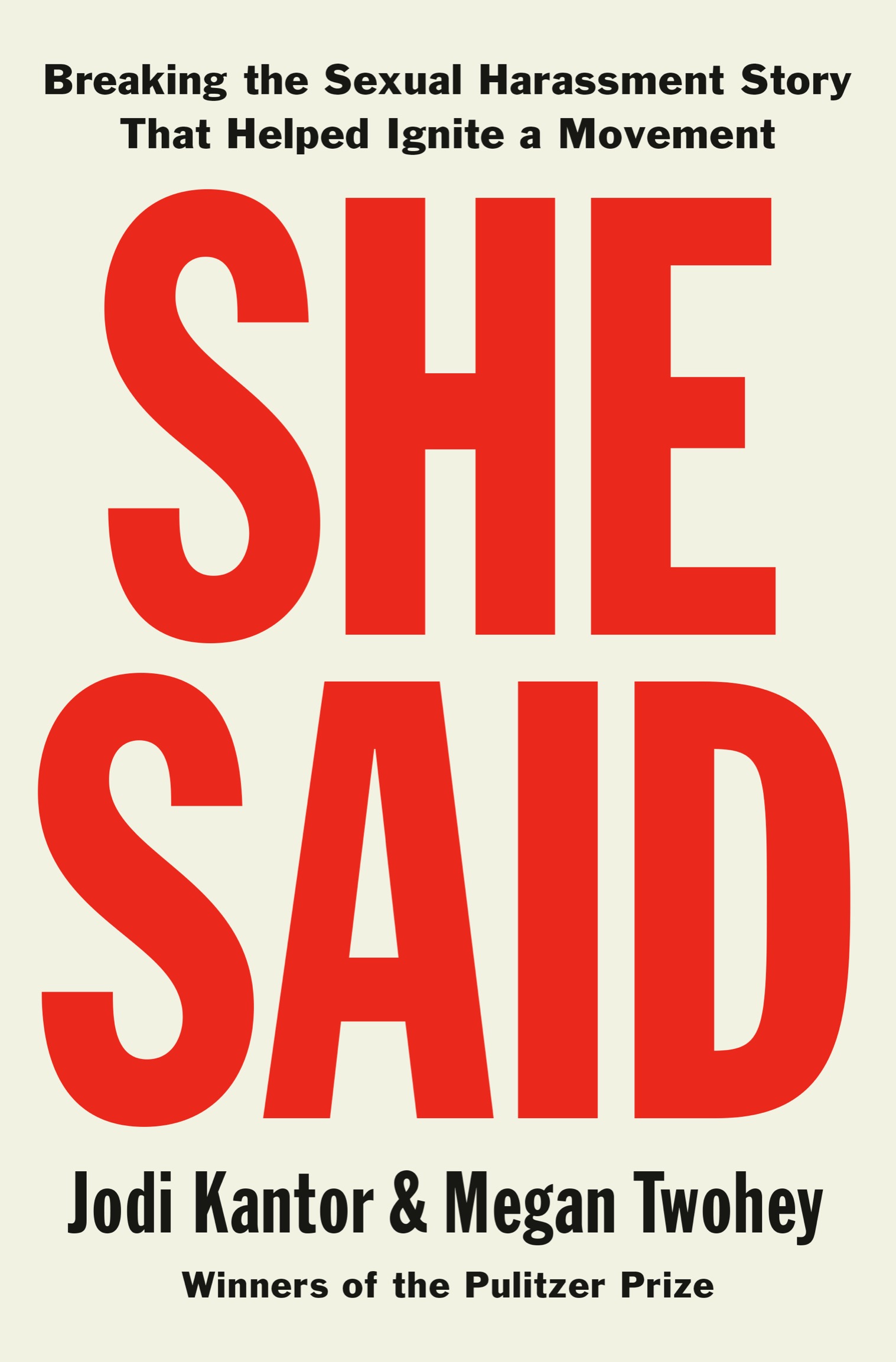Jodi Kantor - She Said: Breaking the Sexual Harassment Story That Helped Ignite a Movement
Here you can read online Jodi Kantor - She Said: Breaking the Sexual Harassment Story That Helped Ignite a Movement full text of the book (entire story) in english for free. Download pdf and epub, get meaning, cover and reviews about this ebook. year: 2019, publisher: Penguin Press, genre: Detective and thriller. Description of the work, (preface) as well as reviews are available. Best literature library LitArk.com created for fans of good reading and offers a wide selection of genres:
Romance novel
Science fiction
Adventure
Detective
Science
History
Home and family
Prose
Art
Politics
Computer
Non-fiction
Religion
Business
Children
Humor
Choose a favorite category and find really read worthwhile books. Enjoy immersion in the world of imagination, feel the emotions of the characters or learn something new for yourself, make an fascinating discovery.
- Book:She Said: Breaking the Sexual Harassment Story That Helped Ignite a Movement
- Author:
- Publisher:Penguin Press
- Genre:
- Year:2019
- Rating:4 / 5
- Favourites:Add to favourites
- Your mark:
She Said: Breaking the Sexual Harassment Story That Helped Ignite a Movement: summary, description and annotation
We offer to read an annotation, description, summary or preface (depends on what the author of the book "She Said: Breaking the Sexual Harassment Story That Helped Ignite a Movement" wrote himself). If you haven't found the necessary information about the book — write in the comments, we will try to find it.
For many years, reporters had tried to get to the truth about Harvey Weinsteins treatment of women. Rumors of wrongdoing had long circulated. But in 2017, when Jodi Kantor and Megan Twohey began their investigation into the prominent Hollywood producer for theNew York Times, his name was still synonymous with power. During months of confidential interviews with top actresses, former Weinstein employees, and other sources, many disturbing and long-buried allegations were unearthed, and a web of onerous secret payouts and nondisclosure agreements was revealed. These shadowy settlements had long been used to hide sexual harassment and abuse, but with a breakthrough reporting technique Kantor and Twohey helped to expose it. But Weinstein had evaded scrutiny in the past, and he was not going down without a fight; he employed a team of high-profile lawyers, private investigators, and other allies to thwart the investigation. When Kantor and Twohey were finally able to convince some sources to go on the record, a dramatic final showdown between Weinstein and theNew York Timeswas set in motion.
Nothing could have prepared Kantor and Twohey for what followed the publication of their initial Weinstein story on October 5, 2017. Within days, a veritable Pandoras box of sexual harassment and abuse was opened. Women all over the world came forward with their own traumatic stories. Over the next twelve months, hundreds of men from every walk of life and industry were outed following allegations of wrongdoing. But did too much change--or not enough? Those questions hung in the air months later as Brett Kavanaugh was nominated to the Supreme Court, and Christine Blasey Ford came forward to testify that he had assaulted her decades earlier. Kantor and Twohey, who had unique access to Ford and her team, bring to light the odyssey that led her to come forward, the overwhelming forces that came to bear on her, and what happened after she shared her allegation with the world.
In the tradition of great investigative journalism,She Saidtells a thrilling story about the power of truth, with shocking new information from hidden sources. Kantor and Twohey describe not only the consequences of their reporting for the #MeToo movement, but the inspiring and affecting journeys of the women who spoke up--for the sake of other women, for future generations, and for themselves.
Jodi Kantor: author's other books
Who wrote She Said: Breaking the Sexual Harassment Story That Helped Ignite a Movement? Find out the surname, the name of the author of the book and a list of all author's works by series.

